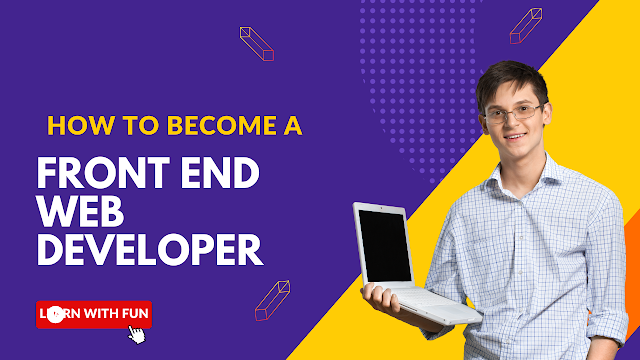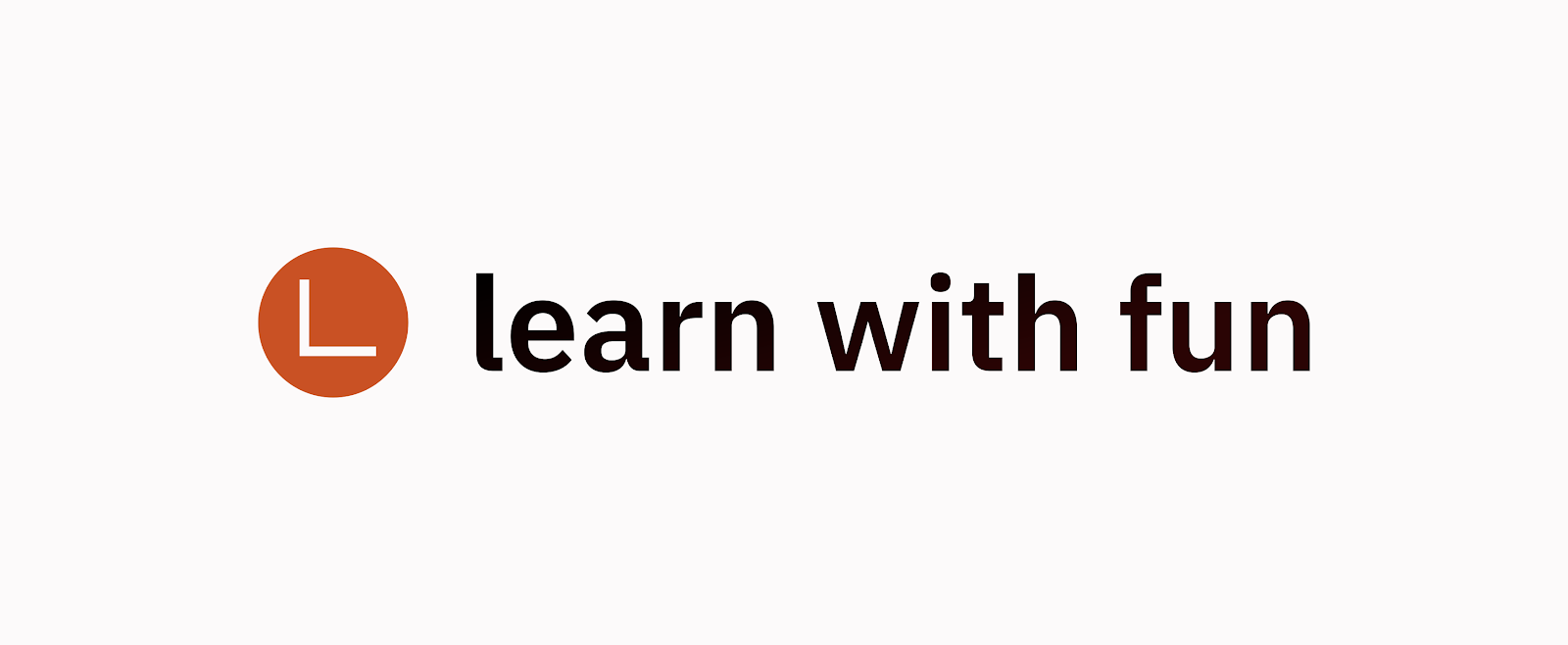.png) |
| Best Front End Development Learning Path |
When it comes to web development, there are many different paths you can take. But if you want to specialize in front end development, where should you start? There are a lot of resources out there, but it can be hard to know where to begin. That’s why we’ve put together the ultimate learning path for front-end developers. This path is 100% free and will help you become a master of HTML, CSS, and JavaScript. Keep reading to get started on your journey to becoming a front-end developer!
What is Front End Web Development?
Front end development is the practice of building the user interface and interactivity for web applications. In other words, it's what makes a website look and feel good to use.
The term "front end" refers to the client-side of things, as opposed to the back end or server side. This means that front end developers are responsible for anything that happens in the browser (or any other client).
This includes everything from the structure and layout of a page, to the design, styling, and interactions. It also includes more technical aspects like performance and accessibility.
The Different Types of Front-End Development
There are three main types of front-end development: web development, mobile development, and desktop development.
Web Development:
Web development is the process of creating websites. This can include anything from developing the website’s structure and layout to coding individual web pages. Web developers use a variety of programming languages, including HTML, CSS, and JavaScript.
Mobile Development:
Mobile development is the process of creating apps for mobile devices such as smartphones and tablets. Mobile developers use a variety of programming languages, including Java, Swift, and Objective-C.
Desktop Development:
Desktop development is the process of creating software applications that run on desktop computers. Desktop developers use a variety of programming languages, including C++ and Visual Basic.
Pros and Cons of Front-End Development
When it comes to learning front-end development, there are a few different ways to go about it. You can learn through online resources, take a course, or get a degree in computer science. Each option has its own set of pros and cons that you should consider before making a decision.
If you want to learn front-end development for free, then your best bet is to use online resources. There are plenty of high-quality tutorials and articles available online that can teach you the basics of HTML, CSS, and JavaScript. However, one downside of learning this way is that it can be difficult to know where to start and what resources are reliable. Another con is that you won't have anyone to give you feedback or answer your questions if you get stuck.
If you're willing to spend some money on learning front-end development, then taking a course could be a good option for you. There are many reputable courses available online and in person that can teach you the skills you need. One advantage of taking a course is that they usually come with some sort of support system, so if you have any questions, you can reach out to the instructor or other students for help. However, courses can be expensive, and they often require a significant time commitment.
If you're interested in pursuing a career in front-end development, then getting a degree in computer science could be the best option for you. A degree will give you the theoretical knowledge as well.
What Skills are Needed for Front-End Development?
In order to become a front-end developer, you will need to acquire a number of skills. These include:
- HTML: This is the standard markup language used for creating web pages. You will need to be able to write well-structured, valid code in order to create websites that meet industry standards.
- CSS: This is the style sheet language used for adding style and layout to web pages. A strong understanding of CSS is essential for creating visually appealing websites.
- JavaScript: This is a programming language that can be used to add interactivity to web pages. If you want to create dynamic, user-friendly websites, learning JavaScript is essential.
- jQuery: This is a popular JavaScript library that makes working with JavaScript easier. It can be used for tasks such as animating elements on a page or adding Ajax functionality.
- Bootstrap: This is a front-end framework that provides prebuilt CSS and JavaScript code for creating responsive websites. Using Bootstrap can save you a lot of time and effort when building responsive websites.
-React or Angular: The two most popular front-end development frameworks are React and Angular. Both frameworks are open source and free to use.React is a JavaScript library for building user interfaces, while Angular is a full-fledged framework.Both frameworks are used by some of the biggest companies in the world, including Facebook, Google, and Microsoft.If you're just starting out, we recommend learning React first. It's easier to get started with and has a smaller learning curve than Angular.
How to Learn Front-End Development for Free
If you're looking to learn front-end development for free, there are a few different ways you can go about it. One option is to find some free online resources and start teaching yourself. This can be a great option if you're self-motivated and disciplined enough to stick with it.
Another option is to find a local meetup or coding bootcamp that offers free or discounted rates for beginners for front end web development. This can be a great way to get started because you'll have the support of other people who are learning, and you'll also get some hands-on experience.
Finally, if you know someone who already knows front end development, see if they're willing to mentor you or teach you what they know. This can be a great way to learn since you'll have someone to answer your questions and help you along the way.
Alternatives to Front-End Development
There are many alternative front-end development learning paths you can take, depending on your interests, budget, and time constraints.
If you're interested in learning more about design, you can take a course in graphic design or web design. These courses will teach you the basics of designing for the web, including typography, layout, and color theory. You'll also learn how to use Photoshop, Illustrator, and other design tools to create beautiful websites.
If you're interested in coding, there are plenty of free resources available online that can teach you the basics of HTML, CSS, and JavaScript. Once you've learned the basics of coding, you can start building your own websites from scratch. If you want to take your coding skills to the next level, you can consider taking a course in Ruby on Rails or PHP.
If you're interested in user experience (UX) design, you can take a course in interaction design or human-computer interaction. These courses will teach you how to design websites and apps that are easy to use and enjoyable for users.
No matter what your interests are, there's an alternative front-end development learning path that's right for you. So get out there and start learning!
Conclusion
There is a lot to learn when it comes to front-end development, but luckily there are plenty of resources available to help you get started. This learning path provides a great overview of the basics, and best of all, it's completely free! So what are you waiting for? Get started today and see where your new skills can take you.
.png)




